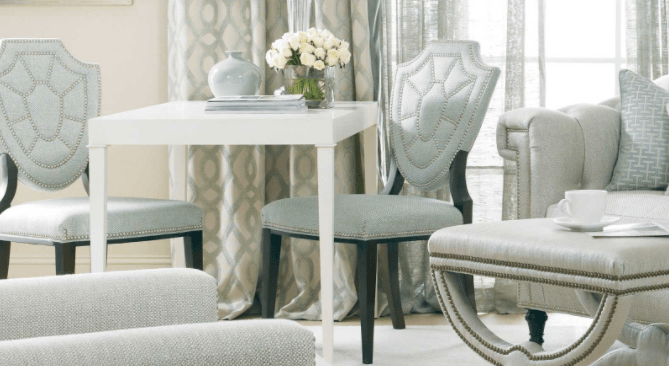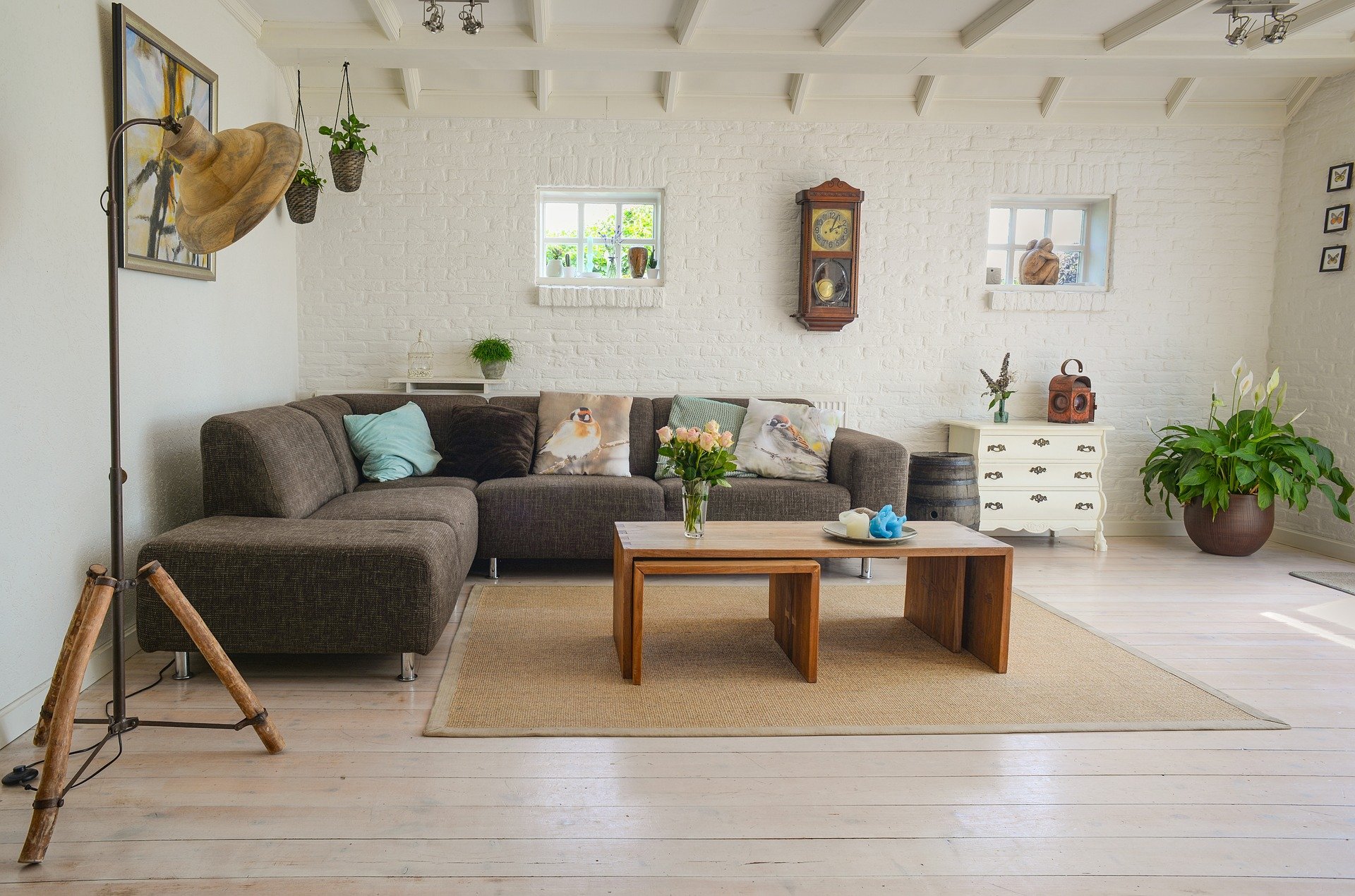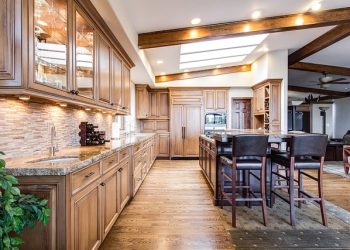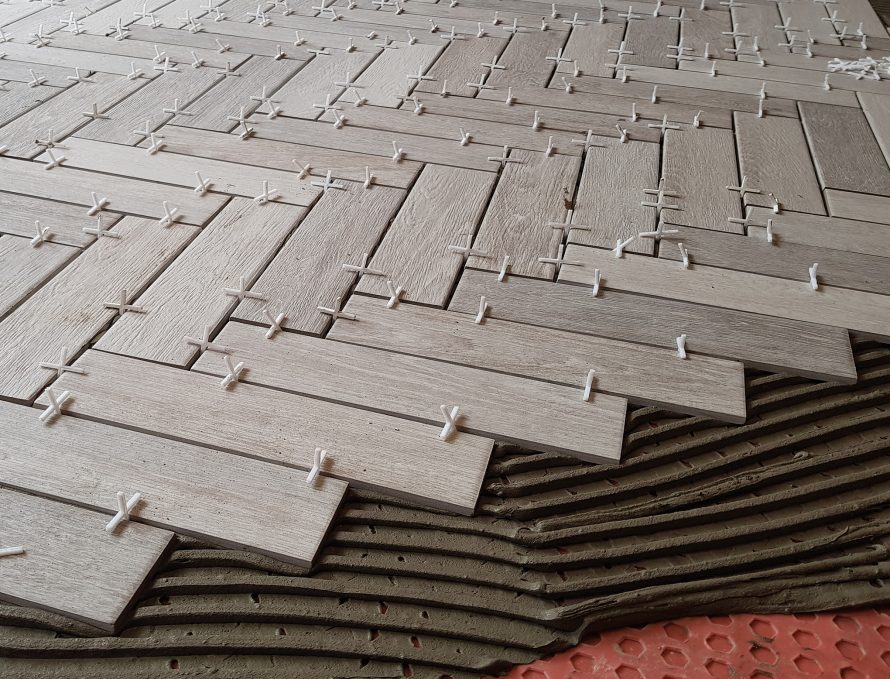The moment a guest walks into a café or restaurant, the space begins to speak before a single word is exchanged. The furniture, more than any other detail, becomes the silent language of design that introduces the brand. Chairs, booths, and tables frame the atmosphere, creating an impression that lingers long after the visit.
Design has become an integral part of the hospitality industry. It shapes first impressions and tells the story of what a brand stands for. For operators, aligning furniture choices with a clear personality is no longer a luxury; it is a competitive advantage. The global hospitality furniture market was valued at approximately $ 4.4 billion in 2023 and is projected to reach $ 6.4 billion by 2033. That growth signals just how vital furniture has become to the dining experience. More than 70% of guests admit that they notice and remember design details when visiting a venue. Commercial-grade furniture, such as restaurant chairs, tables, booths, and other fixtures, stands out in this picture because it creates the foundation for a long-term brand impact.
Defining Brand Identity Through Design Choices
A restaurant’s identity is written in color, texture, and material. Each design choice is a message. A rustic table made of reclaimed wood tells one story, while polished marble speaks another. In this way, furniture is more than a functional element; it is a storyteller that ties into the brand’s theme.
Every piece can send signals. A family-friendly café might lean toward warm tones and soft seating, while a luxury lounge might opt for sleek finishes to emphasize its exclusivity. A coastal restaurant may draw on natural textures to reflect the local environment. A global chain can use subtle details to reference cultural influences while maintaining consistency with its international image. Custom furniture can incorporate local patterns or craftsmanship, giving authenticity to the space. Today, many designers are embracing the concept of “quiet luxury,” where the emphasis is not on flash but on subtle comfort and long-lasting appeal.
Consistency Across Locations: Scaling the Experience
Guests who visit a brand in multiple locations expect the same experience wherever they go. Commercial-grade furniture enables this consistency. Chains and franchises often rely on these standards because uniform furniture builds recognition and loyalty.
The benefits extend beyond perception. Bulk orders help brands save money while maintaining style across locations. Studies suggest that consistency in ambiance increases return visits by up to thirty percent. When customers feel the environment is familiar, they are more likely to trust the brand and return. Cohesive furniture also supports marketing efforts by making visuals instantly recognizable. Modular pieces add another layer of value, making it easier to refresh interiors while preserving the essence of the brand.
Durability as a Reflection of Reliability
Guests notice more than just style when they sit down. Sturdy chairs and well-built tables send a signal of reliability. High-quality furniture reflects the idea that a brand is dependable and committed to the long term.
Durability plays a vital role in operations as well. Commercial-grade furniture is engineered to minimize replacement cycles, resulting in lower costs over time. In the eyes of the customer, strong and stable furniture communicates safety and care. Investing in long-lasting pieces demonstrates to guests that a restaurant is committed to their comfort and quality service. Many items undergo rigorous material testing and come with warranties that last five years or more. These certifications assure operators and add credibility to the brand in the eyes of its patrons.
Emotional Connections Through Comfort and Style
The feeling of a chair or booth can determine how long a guest stays. Comfortable seating often encourages patrons to relax, order another coffee, or extend a meal into conversation. This is one of the simplest but most powerful ways furniture influences revenue.
Style also plays a central role. A cozy interior invites warmth and familiarity, while vibrant designs energize social gatherings. Minimalist pieces can create a sense of calm and focus. Studies show that well-designed interiors directly influence how much customers spend, with comfort and aesthetics encouraging higher check averages. Ergonomic designs and thoughtfully spaced layouts make dining more enjoyable and support longer dwell times. Furniture that photographs well adds another layer of value, creating social media moments that promote the brand at no cost.
Sustainability and Ethical Branding in Furniture Choices
Values increasingly shape the hospitality industry, and sustainability has become one of the strongest. Eco-friendly furniture enables restaurants to establish a modern and ethical brand identity, as seen with custom-branded vinyl stickers, for example. Diners are more conscious than ever, and many now expect businesses to reflect these values in their design choices.
Materials such as reclaimed wood, recycled metals, and low-VOC finishes carry meaning beyond aesthetics. They emphasize the importance of responsibility and environmental care. Transparency in sourcing fosters deeper trust, particularly among socially conscious guests. Reports indicate that as many as sixty percent of diners prioritize sustainable choices when selecting a restaurant. Furniture made from composites and recycled materials supports branding while reducing environmental impact. By choosing sustainable options, restaurants demonstrate not only a concern for comfort today but also a commitment to cultural and ecological care for the future.
Customization: Making Furniture an Extension of the Logo
Few investments make a stronger branding statement than customized furniture. Tailor-made booths, tables, and stools can be finished in patterns or materials that mirror a brand’s unique personality. Upholstery that reflects company colors or engraved details that echo a logo extends recognition into every corner of the space.
These custom touches often become signature features. In many cases, they become photo-worthy icons that diners share online, thereby increasing visibility. Customization can go beyond large pieces. Even subtle accents such as patterned handles, embossed leather, or signature stitching can reinforce identity. The key is finding the balance between scalability and individuality. With the right approach, furniture can feel both practical for large operations and deeply personal for guests. Such details foster an emotional connection, making customers feel as though the space was designed just for them.
The ROI of Furniture-Driven Brand Identity
The investment in design pays back in measurable ways. Strong furniture choices can increase guest check averages and boost sales by encouraging more extended visits and stronger connections. Data consistently shows a correlation between well-designed furniture and increased foot traffic, indicating that customers respond to spaces that look and feel inviting.
Stylish interiors also serve as free advertising. Social media has transformed the way guests interact with design. A photogenic café chair or a beautifully crafted booth becomes an image shared countless times online. Over time, the return on investment goes beyond revenue. Durability reduces the need for frequent replacements, which saves money. Strong design fosters customer loyalty and enhances brand recall. It also influences employees, giving them a sense of pride in their workplace and improving retention. Reports indicate the hospitality furniture industry is growing at nearly four percent each year, a sign that operators view these investments as central to long-term success.
When Furniture Becomes the Brand’s Signature
Furniture is more than decoration. It is a powerful strategic asset that shapes brand identity in cafés and restaurants. Every material, every curve, and every color adds to the silent story a brand tells. When chosen carefully, commercial-grade furniture builds trust, comfort, and recognition.
Function, durability, and storytelling are not separate goals. They meet in the details of well-designed chairs, tables, and booths. For restaurateurs and café owners, furniture should be viewed as an investment, not an expense. It is the backdrop of every meal, the stage where memories are made, and the element guests will carry in their minds when they think of the brand.
The next era of hospitality will lean more heavily than ever on furniture to differentiate experiences. Those who recognize its influence will not only design beautiful spaces but also craft lasting identities that stand out in a crowded marketplace.







